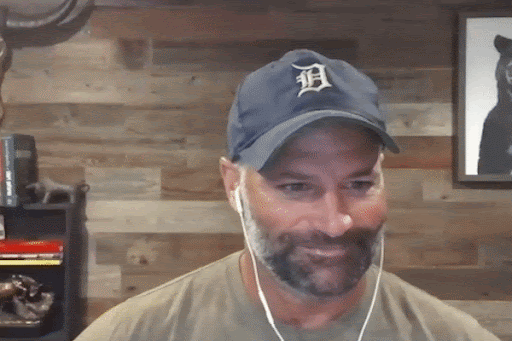I’ve said it before and I’ll say it again … timing your trades perfectly is everything.
And I’m not just talking about where in a setup you enter … I’m talking about the time of day that you enter and exit your trades.
The truth is, not all market hours are created equal. It’s no mystery that certain times of the day are more exciting to trade than others … but why?
I love trading the market open and close — the two most volatile periods of the trading day. But I approach the two very differently (more on that later)…
Today, I’m gonna walk you through a typical trading day in the stock market. I’ll explain exactly why I love trading power hours, why mid-day trading is less exciting, and what factors contribute to overall market volatility during certain time periods.
If you get a solid grasp of these concepts, you can potentially improve the timing of your trades by leaps and bounds.
Keep reading and I’ll show you how…
Market Open and Early Morning
In the first 30 minutes (or hour) of trading, I lean toward bearish put plays. Let me explain…
As the opening bell approaches each morning, traders are excited.
The entire market has been anxiously waiting all night — everyone’s ready to go.
While you may think this exuberance could lead to bullish setups, I often find the opposite to be true.
On overextended stocks, the first 30 minutes of trading can bring massive opening flushes.
This is why the market open can be an amazing time to trade first red day setups or stocks that are backing off resistance.
Additionally, press releases often occur before the market open. These headlines can cause crazy volatility.
So how can you prepare for potential opening dumps?
- Have your watchlist organized the night before…
- Focus on your most bearish setups near the opening bell…
- Watch closely for failed morning spikes into clear resistance levels…
Bottom Line: If a stock (or the overall market) loses a key support level, the opening flush can be an ideal time to nail put trades on bearish patterns.
Mid-Day Malaise
After the first hour or two of trading has taken place, the market tends to take a breather.
From 11 a.m. to 2 p.m. Eastern, you’ll usually see lower volatility, smaller trading ranges, and generally muted price action.
This can happen for a few reasons:
- High-frequency trading slows. Hedge fund robots focus on trading the open and close due to increased liquidity. So, once the open has passed, the quantitative trading algorithms slow down, which causes the entire market’s volume to decrease.
- Traders go to lunch. As strange as this may sound, Wall Street’s lunch hour can have a big effect on how many shares are traded across the market. Spoiler Alert: Suit-wearing floor traders scalp less when they’re at Mastro’s drinking martinis.
- Less news. Important economic and corporate headlines are often released just before the market opens (or right after it closes). But during mid-day, there are generally less market-moving stories being released, which often means less big trades being put on.
- Institutional trading strategies. Large institutional traders and hedge funds often execute their major trades at the market open or close to minimize price impact on their positions. During the mid-day, they often focus on managing their existing positions rather than initiating new ones.
- Time zone differences. For global markets, the market open and close may be active periods, aligning with other major financial centers worldwide. But as the trading day progresses, there are generally fewer overlapping hours between different markets, contributing to reduced trading activity.
Bottom Line: The mid-day isn’t the best time to trade … especially if you’re trying to employ a strategy trading volatile, high-volume options (like me).
So, if you see a setup you’re interested in trading during the mid-day, try to wait until the last hour of trading to make your move…
Market Close and Late Afternoon
The end of the trading day is often as volatile as the open — but in a different way.
Seasoned Evolvers know I have a negative bias. I prefer to go short and buy puts over going long and buying calls.
However, when I do go long, it’s often into the closing bell…
But why? Listen…
After the morning exuberance settles, the energy around the close feels different…
As the closing bell draws near, traders rush to get all their orders in. They’re all positioning themselves for the following day.
This gives big % gainers time to prove themselves before I pull the trigger on the long.
This is why I often execute my long trades in the last 30 minutes of the trading day.
If you’re tracking a bullish setup, follow my lead. Try to put the trade on toward the end of the day.
Bottom Line: Try to maximize your bearish trades in the morning, while working to nail your bullish trades in the afternoon.
Final Thoughts
Remember that there are no guarantees in the stock market. This isn’t a perfect science.
There will sometimes be good put-trading opportunities near the close or call-trading opportunities near the open.
Don’t ignore these setups simply because it’s the wrong time of day.
That said, by focusing on the right plays at the right time of day, you can potentially increase your chances of nailing a big win.


